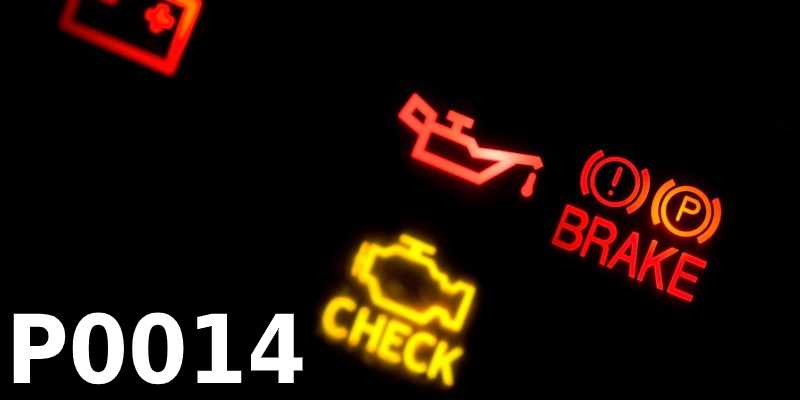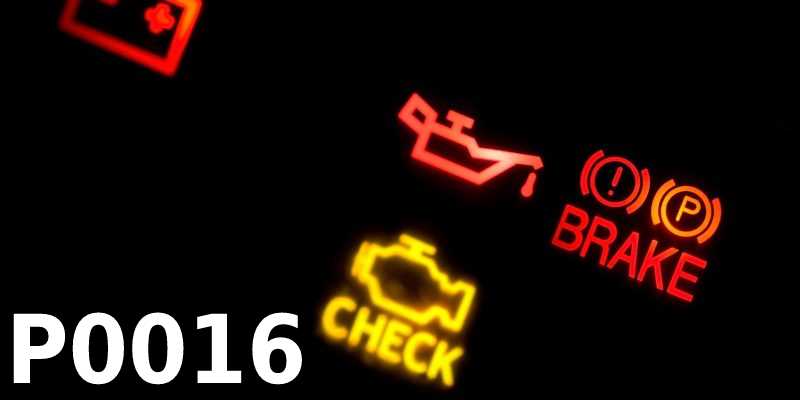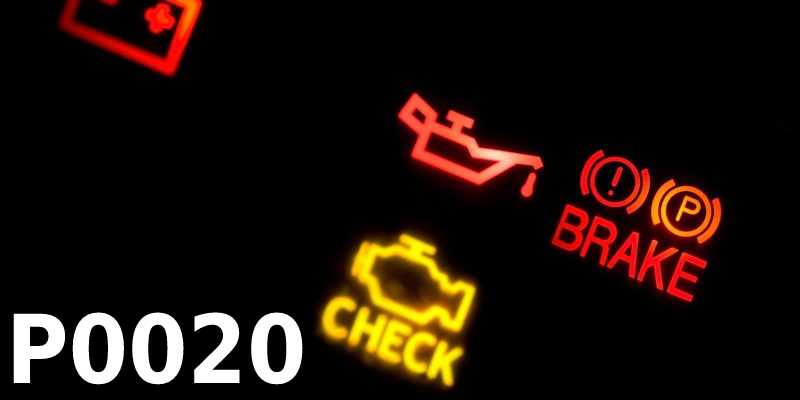Definition of the P0300 code
Accidental/multiple cylinder firing detected
What does the P0300 code mean?
Most vehicles will have 4-6 cylinders. Each cylinder will fire a spark plug, one after the other, in a smooth, continuous manner. The spark plug ignites a spark, using a flammable fuel-air mixture, and ignites the fuel. The fuel then releases energy, which drives the crankshaft, which must turn smoothly as the car runs.
If there is a misfire in more than one cylinder, this will cause an increase or decrease in the revolutions per minute (RPM) of the crankshaft. If this increase and/or decrease is greater than 2%, the powertrain control module will register fault code P0300.
If the percentage of RPM increase or decrease is between 2 and 10 percent, the Check Engine light will come on. If the percentage of increase or decrease in RPM is greater than 10 percent, the Check Engine Light will come on and go out warning the driver of a more serious misfire problem. The P0300 fault code indicates that there is a misfire on random or multiple cylinders.
What causes the P0300 code?
- Faulty or worn spark plugs
- Spark plug wires and/or coils that are damaged or frayed
- Damaged or worn distributor cap (only if applicable to vehicle)
- Rotor knob damaged or worn (only if applicable to vehicle)
- Defective fuel injectors
- Blocked valves or EGR lines
- Ignition timing does not work
- Vacuum leaks
- Low fuel pressure
- Leaking head gasket(s)
- Cracked distributor cap
- Camshaft sensor defective
- Crankshaft sensor defective
- Mass airflow sensor defective
- Defective oxygen sensor
- Defective throttle position sensor
- Defective catalytic converter
- PCM defective
What are the symptoms of the P0300 code?
- Check the engine light that illuminates or flashes
- The car may take longer to start or not start at all
- Car freezes while stopped
- The car runs unevenly at idle speed
- The car may hesitate when accelerating
- Lack of energy when driving
- Increased fuel consumption
How does a mechanic diagnose a P0300 code?
- Uses an OBD-II scanner to retrieve data from the freeze frame and all the fault codes that were recorded by the Primary Control Module (PCM)
- Performs a test drive of the vehicle to see if fault code P0300 returns
- Reviews live data to identify which cylinders are showing misfire data
- Checks spark plug cables or coil assemblies for damaged or worn cables
- Checks spark plugs for excessive wear, cracks, or breaks
- Checks coil pack wiring at harness and connector for cracks or corrosion
- Replaces spark plugs, spark plug wires, coil packs, coil leads in the harness and connector as needed
- If error code P0300 is still present after the spark plugs, wires and/or coil packs have been replaced, will check the fuel injectors and fuel injection system for malfunctions
- Older vehicles have a distributor cap and knob rotor system. On these vehicles, the mechanic will check that the distributor cap and rotor knob are not damaged, cracked, or excessively worn.
- If other associated fault codes have been recorded by the PCM, the mechanic will need to diagnose and repair these problems as necessary. Test the vehicle again to see if fault code P0300 returns.
- If fault code P0300 returns, check the compression system. A compressor failure is rare but possible for this code.
- If fault code P0300 still occurs, there may be a problem with the PCM. This may require replacement or reprogramming. This is also rare.
The most common errors when diagnosing the P0300 code
A common error is to rule out the possibility of a defective cylinder, fuel injector, or PCM. It is also common that the diagnosis and repair of other related fault codes, is not completed.
Other related fault codes, a defective cylinder, defective fuel injector(s), and/or a defective PCM can cause an ignition problem.
How serious is the P0300 code?
Fault code P0300 is considered serious. The reason for this is the driving problems that are present when this fault code is stored in the PCM. The car may not start and/or cause unsafe conditions when operating the vehicle. For these reasons, fault code P0300 requires immediate attention.
What repairs can fix a P0300 code?
- Replacement of defective spark plugs
- Replacement of damaged or frayed spark plug wires and/or coils
- Repair or replacement of clogged valves and/or EGR tubes
- Repair of vacuum leaks
- Repair or replace leaking head gaskets
- Replacement of a defective camshaft sensor
- Replacement of a defective crankshaft sensor Replacement of a defective crankshaft sensor
- Replacement of a defective mass airflow sensor
- Defective oxygen sensor replacement
- Replacement of a defective throttle position sensor
- Replacement of defective fuel injectors
- Defective catalytic converter replacement
- Diagnosis and repair of other related fault codes
- Distributor cap and rotor replacement, as well as wires, coils and plugs (only if applicable to vehicle)
- If necessary, repair of damaged internal engine components.
- Engine replacement (if cylinders are damaged).
- Replacement of the defective PCM
Additional notes to consider regarding the P0300 code
Do not assume that the spark plugs and wires are responsible for error code P0300. There are other system components that can cause this error code that should be diagnosed and checked before repair.
In addition, there are other related fault codes that can cause P0300. After repair, if the P0300 fault code returns, these other fault codes should be checked and diagnosed if applicable. Always test the vehicle to see if the P0300 fault code returns after any repair.
Ensure that the spark plugs are fitted correctly and accurately. You will need to use a spark plug gap gauge to align the spark plugs correctly.
If the spark plug gap is not exact, it will cause a misfire. The vehicle manufacturer provides specifications for the spark plug gap. These specifications can be found on a sticker under the hood of the vehicle or obtained from any local parts store.





